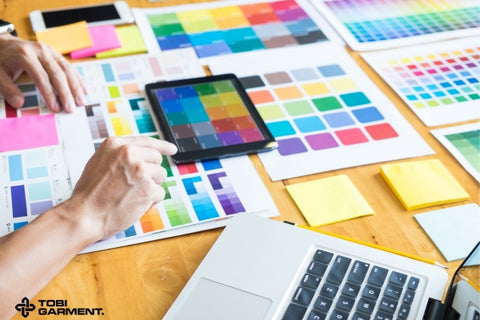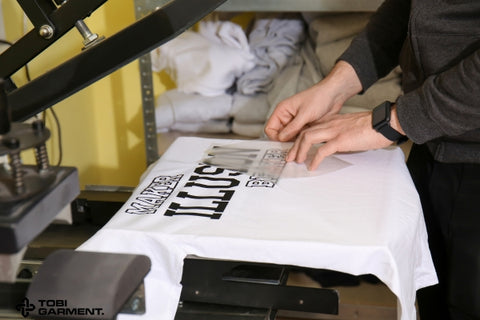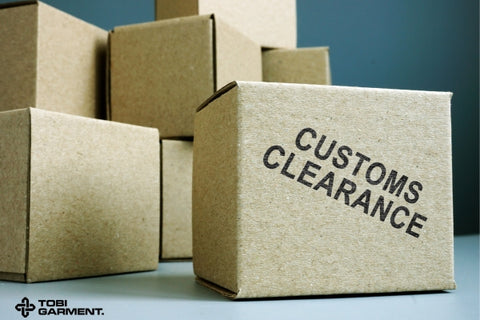
In this comprehensive guide, we'll delve into the world of Pantone colors and explore the various methods and tools available to convert any color into its Pantone equivalent. Whether you're a seasoned professional or just starting your creative journey, this article will equip you with the knowledge and skills you need to achieve color accuracy and consistency in your projects.
What is Pantone? The Importance of Pantone in Design and Printing
Pantone is a renowned global color matching system that provides a standardized language for communicating color across industries. It's a valuable tool for designers, printers, and manufacturers who need to ensure that colors are consistent and accurate, regardless of the medium or device used.
The significance of Pantone in design and printing cannot be overstated. It offers several key benefits:
- Consistency: Pantone provides a universal color language that eliminates confusion and ensures that colors are reproduced identically across different platforms and materials.
- Accuracy: Pantone colors are carefully calibrated and standardized, guaranteeing precise color matching and avoiding costly errors.
- Efficiency: By using Pantone, designers and printers can streamline their workflows and save time by communicating color preferences clearly and effectively.
- Professionalism: Pantone's reputation for quality and reliability enhances the credibility and professionalism of your work.
Read more: Everything You Need to Know About Screen Printed Shirts
How to Convert Colors to Pantone
Convert Colors to Pantone
Converting colors to Pantone can be a straightforward process with the right tools and techniques. Here's a step-by-step guide to help you achieve accurate conversions:
- Identify the Color: Determine the color you want to convert. You can use a color picker tool to extract the RGB, CMYK, or HEX values of the color.
- Choose a Conversion Method: There are several methods to convert colors to Pantone:
- Online Color Conversion Tools: Many websites offer free online tools that can convert colors to Pantone based on their RGB, CMYK, or HEX values. Simply enter the color values and select the desired Pantone system (e.g., Pantone Matching System, Pantone Plus).
- Design Software: Most professional design software, such as Adobe Illustrator, Photoshop, and InDesign, have built-in color libraries that include Pantone colors. You can easily select a Pantone color from the library and apply it to your design.
- Colorimeters and Spectrophotometers: For the most precise color matching, you can use specialized color measurement devices like colorimeters or spectrophotometers. These instruments can accurately measure the color of a physical sample and provide the corresponding Pantone equivalent. - Consider Color Space: The color space (RGB, CMYK, etc.) of the original color will affect the conversion process. Ensure that you're using the correct color space for your project.
- Verify Accuracy: After converting the color, visually inspect the Pantone equivalent to ensure it matches the original color as closely as possible. You may need to make adjustments or try different conversion methods to achieve the desired result.
Read more: Screen Printing vs Digital Printing for Custom T-Shirts
Choosing the Right Color Conversion Method
The best color conversion method for you will depend on your specific needs and preferences. Here's a breakdown of the different options:
- Online Color Conversion Tools: These tools are convenient and easy to use, but they may not offer the same level of precision as professional software or hardware.
- Design Software: If you're already using design software, integrating Pantone color conversion into your workflow can be efficient and seamless.
- Colorimeters and Spectrophotometers: These devices provide the most accurate color measurements and are ideal for critical applications where color precision is paramount.
Accurate Color Conversion Techniques
To achieve accurate color conversions, it's important to consider the following factors:
- Color Space: Ensure that you're using the correct color space (RGB, CMYK, etc.) for your project.
- Calibration: Calibrate your monitor or printer to ensure that colors are displayed or printed accurately.
- Lighting Conditions: Avoid working in environments with poor lighting, as this can affect your perception of colors.
- Color Perception: Be aware that individual color perception can vary, so it's always a good idea to have multiple people review the converted colors.
Read more: Eco-Friendly Screen Printing: Your Guide to Sustainable Style
Pantone Color Matching for Specific Applications
Pantone colors are used in a wide range of applications, from graphic design and printing to fashion and product development. Here's how to match Pantone colors for specific purposes:
- Matching Colors for Web Design: When designing for the web, it's important to convert RGB colors to Pantone equivalents to ensure that colors are displayed accurately across different devices and browsers.
- Matching Colors for Print Design: For print projects, converting CMYK colors to Pantone can help maintain color consistency and avoid discrepancies between the digital design and the printed output.
- Matching Colors for Product Design: Pantone colors are widely used in product design to specify the exact color of materials, finishes, and packaging.
Essential Tools and Resources for Color Conversion
To facilitate color conversion and ensure accurate results, there are several essential tools and resources available:
- Online Color Conversion Calculators: These web-based tools provide a quick and easy way to convert colors between different color spaces and Pantone equivalents.
- Popular Design Software: Adobe Illustrator, Photoshop, and InDesign are among the most popular design software programs that offer built-in Pantone color libraries and conversion tools.
- Pantone Color Guides and Charts: These physical guides provide a comprehensive collection of Pantone colors, making it easy to select and identify specific shades.
- Spectrophotometer and Colorimeter Manufacturers: If you need a high-precision color measurement device, consider manufacturers such as X-Rite, Datacolor, and Konica Minolta.
Read more: Elevate Your Style with Custom Screen Print Shirts
Troubleshooting Common Color Conversion Issues
Even with the best tools and techniques, color conversion can sometimes present challenges. Here are some common issues and solutions:
- Dealing with Color Discrepancies: If you're experiencing color differences between the original color and the Pantone equivalent, double-check the color values, calibration settings, and lighting conditions.
- Addressing Calibration Problems: Ensure that your monitor or printer is properly calibrated to avoid color inaccuracies. Use calibration tools or software to adjust the color settings.
- Resolving Software Compatibility Issues: If you're encountering problems with color conversion in your design software, try updating the software or consulting the user manual for troubleshooting tips.
- Overcoming Color Blindness Challenges: For individuals with color blindness, there are specialized tools and techniques available to assist with color perception and matching.
Conclusion
Mastering the art of color conversion is essential for anyone who values precision and consistency in their work. By understanding the principles of Pantone colors and utilizing the right tools and techniques, you can achieve accurate and reliable color matching in your projects. Whether you're a designer, artist, or simply someone who appreciates the beauty of color, this comprehensive guide will equip you with the knowledge and skills you need to succeed.
FAQ
What is the difference between Pantone and CMYK colors?
Pantone is a proprietary color matching system that provides a standardized language for communicating color. CMYK (Cyan, Magenta, Yellow, Black) is a color model used in printing that represents colors as a combination of these four primary colors.
How can I find the Pantone equivalent of a specific color?
You can use online color conversion tools, design software, or color measurement devices to determine the Pantone equivalent of a color.
What is the best software for color conversion?
Popular design software such as Adobe Illustrator, Photoshop, and InDesign offer excellent color conversion features.
Are there any free online tools for color conversion?
Yes, there are many free online color conversion tools available. Some popular options include ColorHexa, RapidTables, and Coolors.
Read more related posts from Tobi Garment:



